When it comes to dream destinations for outdoor enthusiasts, few places capture the imagination quite like Patagonia and New Zealand. Both regions boast dramatic landscapes that seem almost otherworldly—from towering mountain peaks to pristine glaciers and everything in between.
Here is a list of 15 ways these two adventure capitals compare, with insights that might help you decide which deserves the top spot on your bucket list.
Geographic Scale
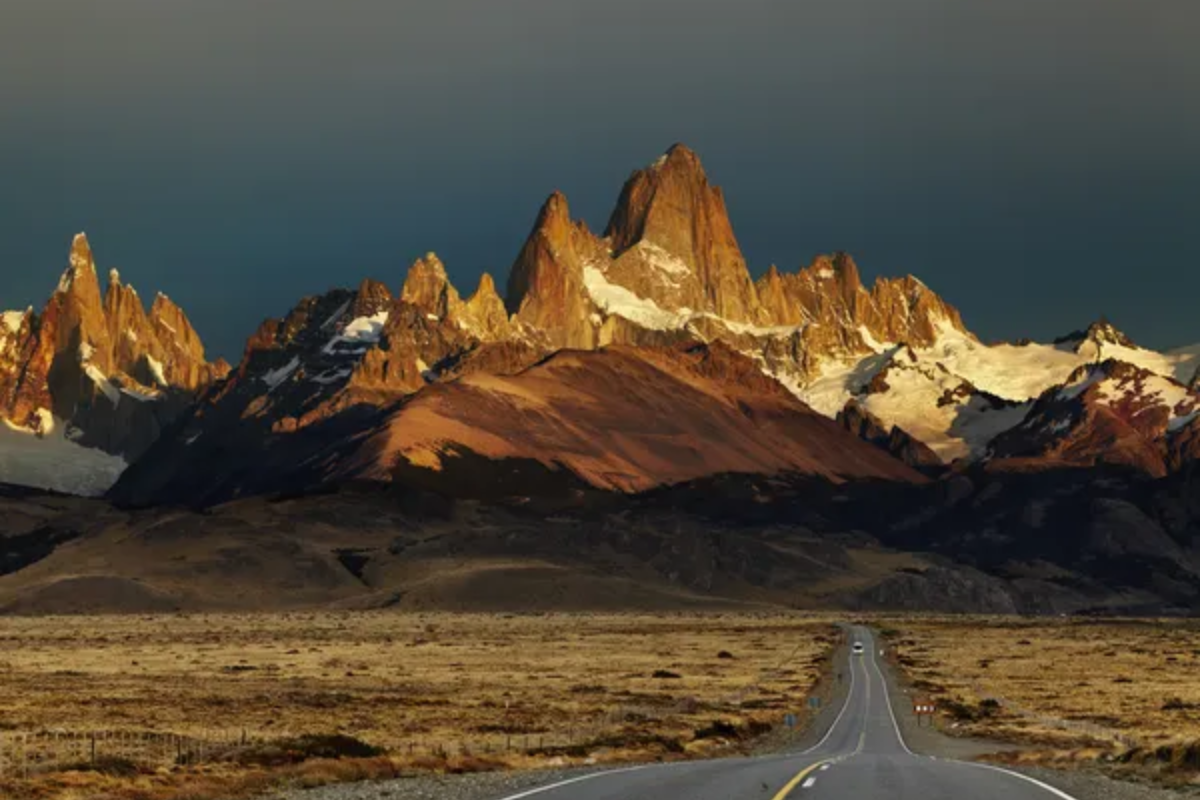
Patagonia spans over 400,000 square miles across Argentina and Chile, making it significantly larger than New Zealand’s modest 103,500 square miles. This vast difference means Patagonia requires more extensive travel planning between destinations, with distances often measured in days rather than hours.
New Zealand’s compact nature allows adventurers to experience diverse landscapes within surprisingly short drives, making it possible to ski in the morning and surf in the afternoon during certain seasons.
Accessibility
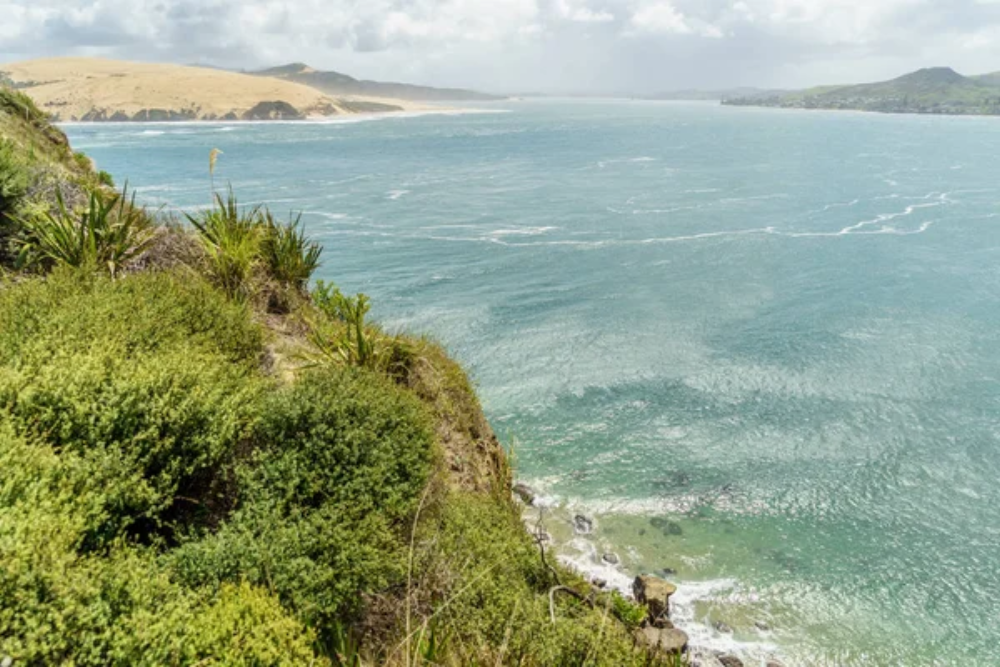
New Zealand wins handily in terms of infrastructure and accessibility. Its well-maintained highways, abundant shuttle services, and tourist-friendly transportation options make even remote areas relatively easy to reach.
Patagonia, while increasingly catering to tourists, still maintains a rugged, frontier-like quality with many premier destinations requiring serious commitment to access—think gravel roads, limited public transportation, and sometimes multi-day approaches just to reach a trailhead.
Like Travel Pug’s content? Follow us on MSN.
Wildlife Encounters
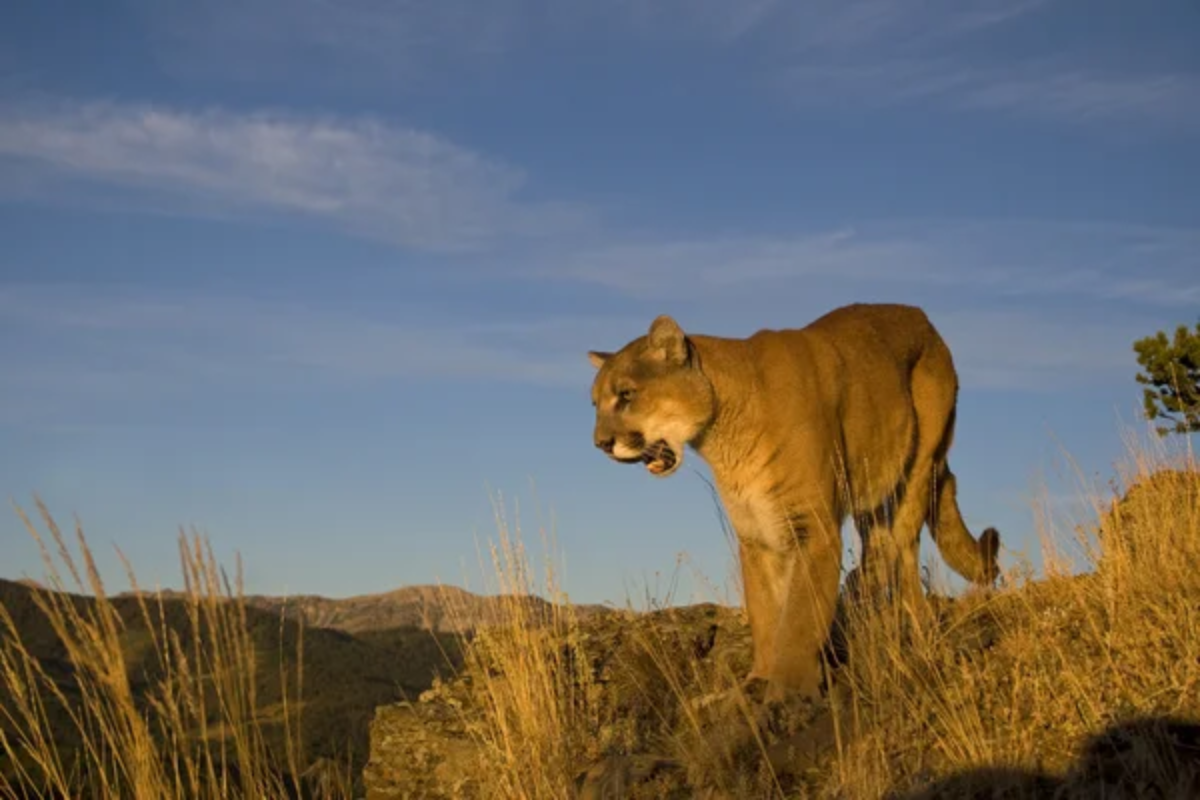
Patagonia offers glimpses of guanacos, pumas, and Andean condors soaring overhead, while marine enthusiasts can spot southern right whales and Magellanic penguins along the coastline. New Zealand counters with its unique evolutionary showcase—kiwi birds, playful dolphins, massive sperm whales, and the world’s only alpine parrot, the kea.
The key difference lies in New Zealand’s isolated evolutionary development versus Patagonia’s connection to broader South American biodiversity.
Mountain Grandeur

Patagonia’s iconic peaks, like Monte Fitz Roy and Cerro Torre, have become synonymous with mountaineering aspirations, featuring jagged granite spires that seem to pierce the sky. New Zealand’s Southern Alps, while less famous individually, offer a more accessible alpine playground with spectacular ranges like the Remarkables and Mount Cook/Aoraki, which provide backdrops that famously doubled as Middle Earth in film adaptations.
The mountains in both regions feature prominently in indigenous cultures and modern adventure sports alike.
Weather Patterns
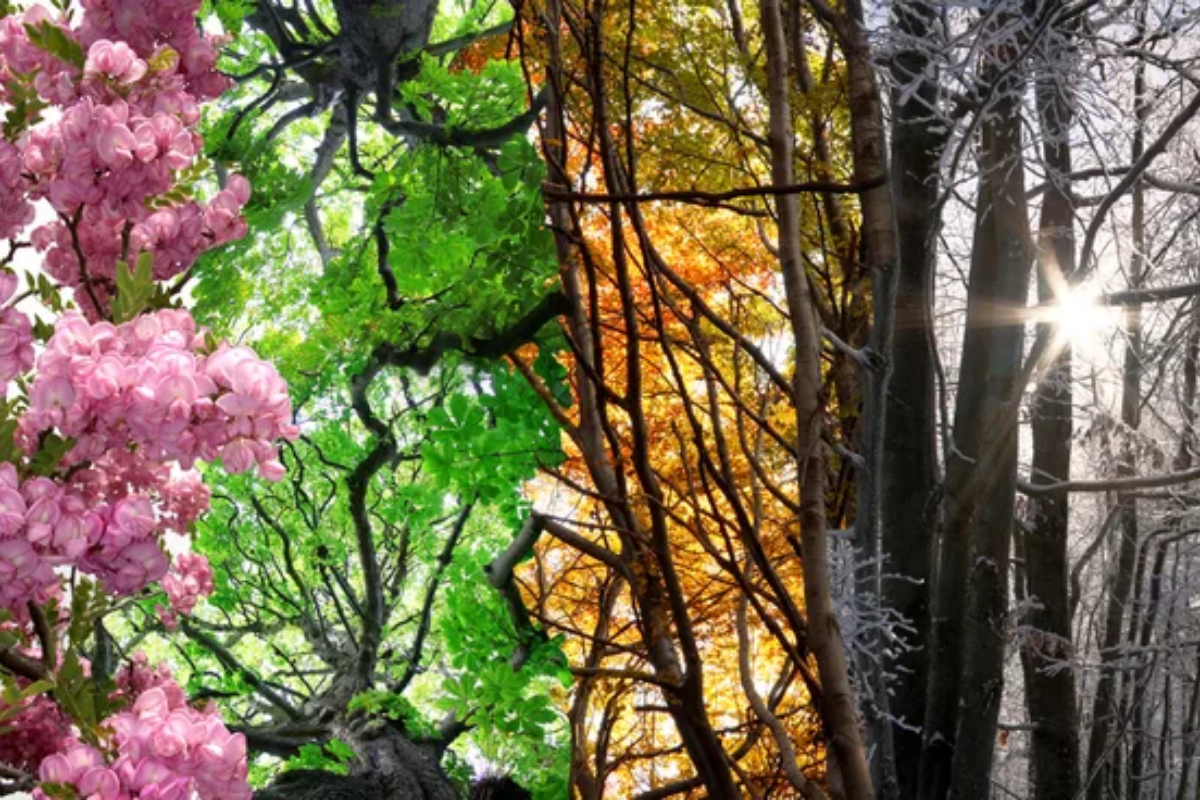
New Zealand experiences relatively predictable seasonal shifts despite its reputation for ‘four seasons in one day,’ with moderate temperature ranges throughout the year. Patagonian weather operates on another level entirely—infamous for winds that can literally knock hikers off their feet and weather systems that change dramatically within minutes.
Stories abound of climbers waiting weeks for a weather window in Patagonia, while New Zealand generally offers more reliable conditions for planning outdoor activities.
Like Travel Pug’s content? Follow us on MSN.
Cultural Experiences
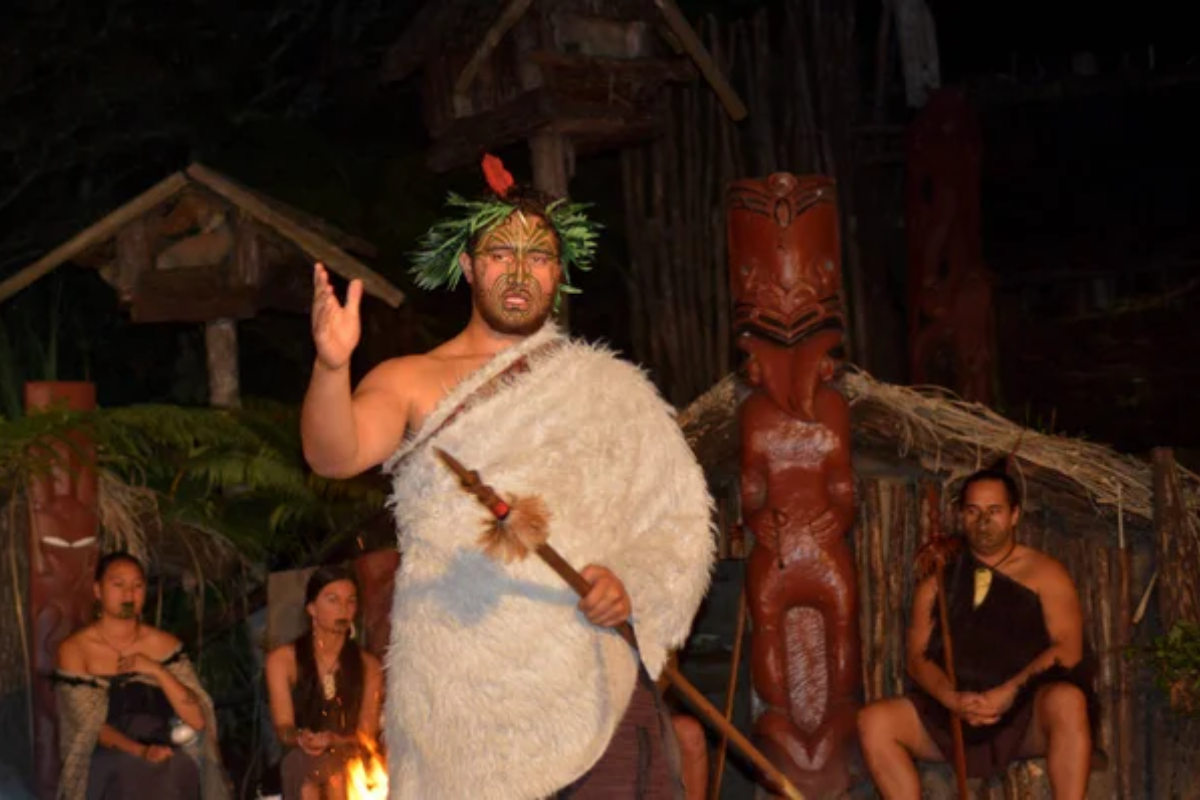
New Zealand offers immersion in living Māori culture, with opportunities to experience traditional ceremonies, craftsmanship, and storytelling integrated into many adventure tours. Patagonia presents a fascinating blend of indigenous Mapuche heritage alongside the distinctive gaucho (cowboy) culture that emerged from European settlement.
Both regions pride themselves on cultural preservation, though New Zealand has arguably done more to integrate indigenous perspectives into mainstream tourism experiences.
Trekking Networks
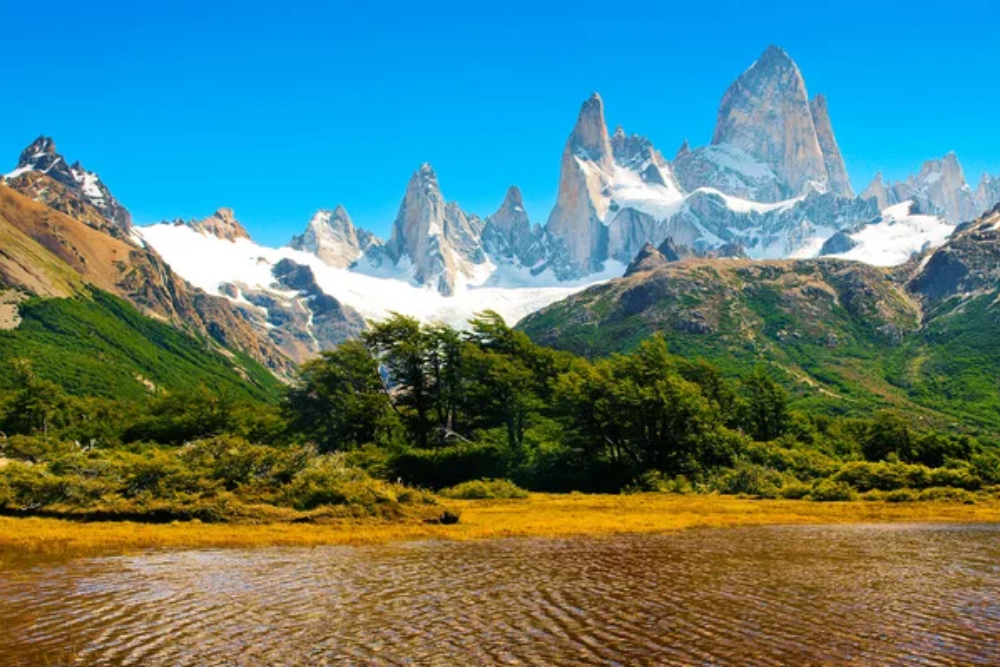
New Zealand’s Department of Conservation maintains an extensive network of nine ‘Great Walks’ with well-marked trails, comfortable huts, and booking systems that make multi-day hiking accessible to moderately experienced trekkers. Patagonia counters with legendary routes like the W and O Circuits in Torres del Paine, along with countless less-developed trails that offer true wilderness immersion.
The key difference is that New Zealand’s system feels designed for visitor success, while Patagonia often demands more self-sufficiency and wilderness experience.
Water Adventures
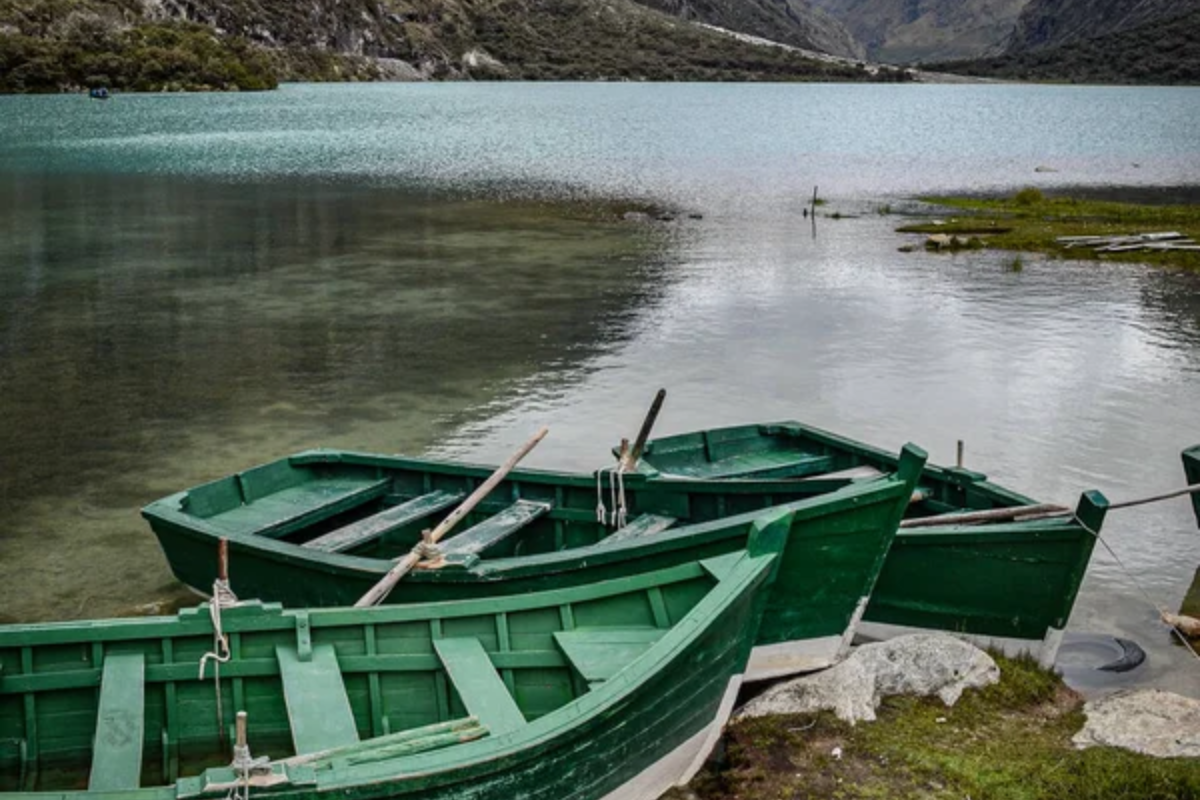
Both regions excel in water-based adventures, though in distinctly different ways. New Zealand is a global hotspot for adrenaline-pumping whitewater rafting, with the Kaituna River featuring the highest commercially rafted waterfall in the world.
Patagonia offers gentler but no less spectacular kayaking among icebergs and glacial lakes, with opportunities to paddle in places where the water clarity reaches almost mystical levels of transparency.
Like Travel Pug’s content? Follow us on MSN.
Cost Considerations
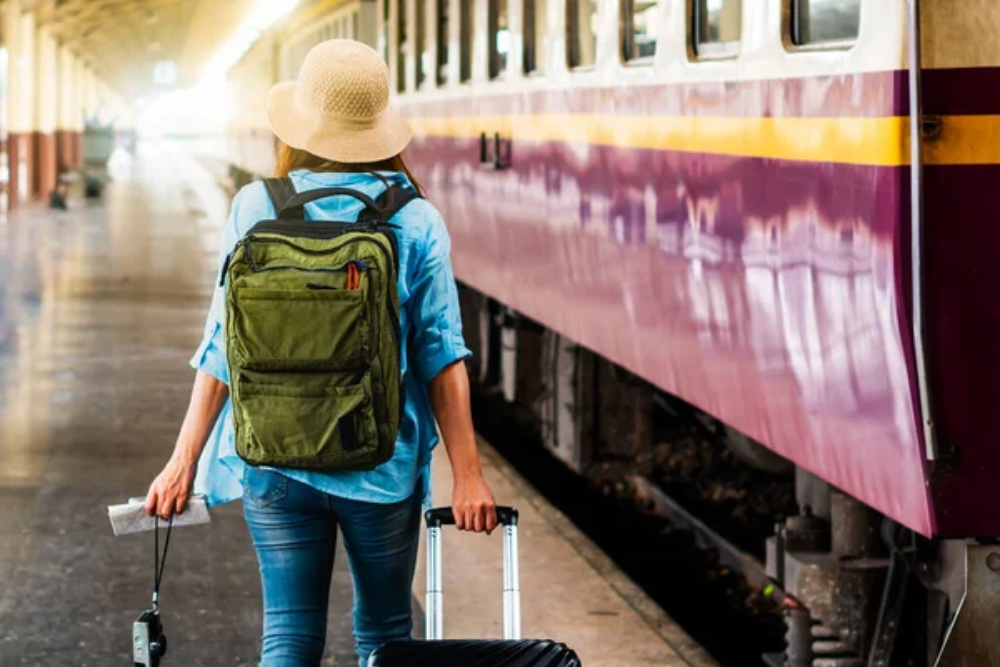
Neither destination qualifies as budget-friendly, but they strain wallets in different ways. New Zealand’s well-developed tourism infrastructure means comfortable accommodation and guided experiences come with first-world price tags across the board. Patagonia can be marginally more affordable in some aspects, though the remoteness often means paying premium prices for basics once you’re deep in the region.
The savings in Patagonia typically come for those willing to camp and self-cater rather than seeking luxury experiences.
Volcanic Landscapes
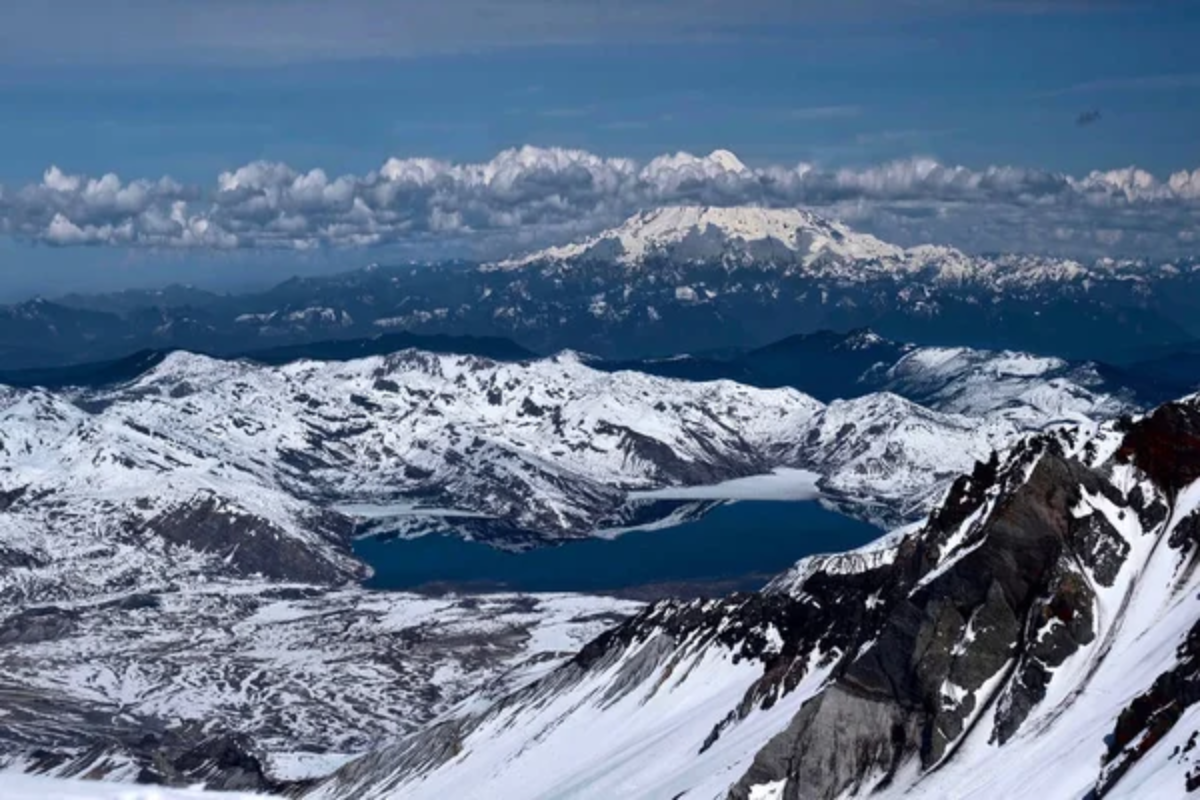
New Zealand’s positioning on the Pacific Ring of Fire creates an active volcanic landscape with geothermal wonders like Rotorua’s bubbling mud pools and natural hot springs where hikers can soak tired muscles after long treks.
Patagonia, shaped more by glacial forces than volcanic activity, lacks these geothermal features but compensates with ancient lava formations and basalt columns that create otherworldly visuals in places like Cueva de las Manos with 10,000-year-old handprints preserved on cave walls.
Glacier Experiences
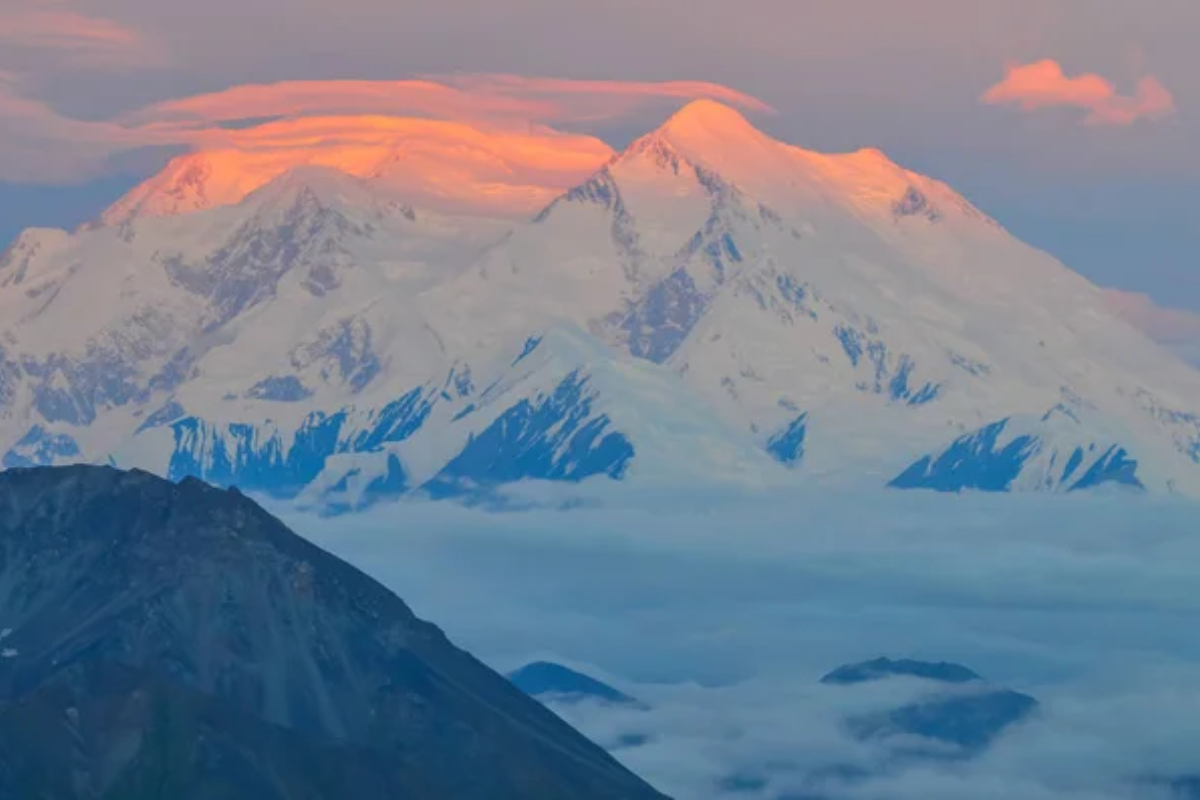
Patagonia houses the largest ice fields in the Southern Hemisphere outside Antarctica, with massive glaciers like Perito Moreno putting on spectacular calving displays as house-sized chunks crash into lakes below. While New Zealand’s Fox and Franz Josef Glaciers were once famous for allowing visitors to walk directly onto glacier surfaces from rainforests below, climate change has dramatically reduced accessibility in recent years, requiring helicopter access for most glacier experiences now.
Like Travel Pug’s content? Follow us on MSN.
Stargazing Opportunities
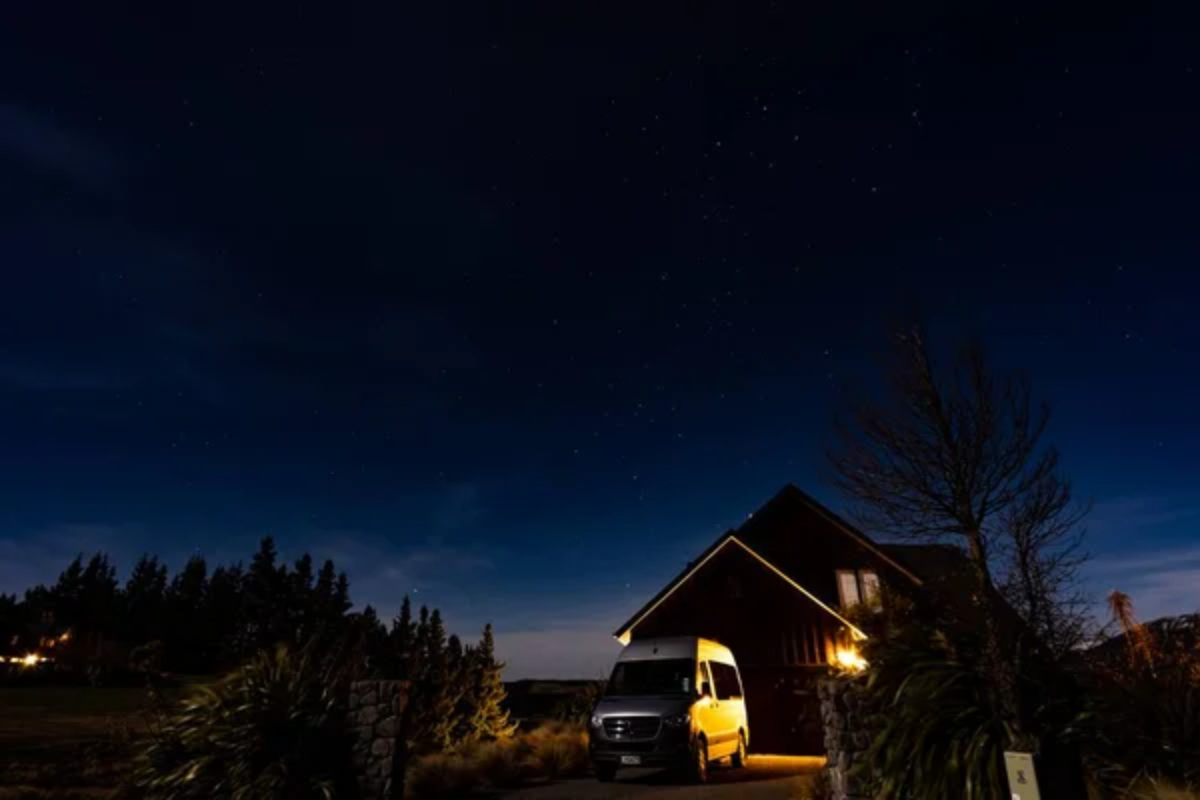
New Zealand’s Aoraki Mackenzie International Dark Sky Reserve offers some of the cleanest, most light-pollution-free night skies on the planet, making it a premier destination for astrophotography and stargazing. Southern Patagonia, particularly in remote areas of Tierra del Fuego, offers equally spectacular celestial viewing, with the added bonus of potential aurora australis (southern lights) sightings during certain times of the year.
Both regions connect visitors to cosmological perspectives that indigenous populations have treasured for centuries.
Adventure Sports Infrastructure

New Zealand practically invented modern adventure tourism, pioneering commercial bungee jumping and developing a comprehensive safety and certification system that allows visitors to try extreme sports with confidence. Queenstown alone offers more adrenaline activities in a compact area than most countries manage nationwide.
Patagonia’s adventure offerings tend toward the more traditional—world-class climbing, trekking, and fishing—though with growing options for paragliding, mountain biking, and skiing that require more experience and self-reliance than their Kiwi counterparts.
Accommodation Range

New Zealand provides everything from high-end luxury lodges to basic Department of Conservation huts, with a robust network of holiday parks catering specifically to campers and those traveling in campervans. Patagonian accommodation swings between extremes—either basic refugios (mountain huts) and campgrounds or increasingly luxurious eco-lodges with few mid-range options.
The distinctive difference is isolation—even New Zealand’s remote accommodations generally offer more amenities than similarly positioned Patagonian options.
Like Travel Pug’s content? Follow us on MSN.
Photography Potential
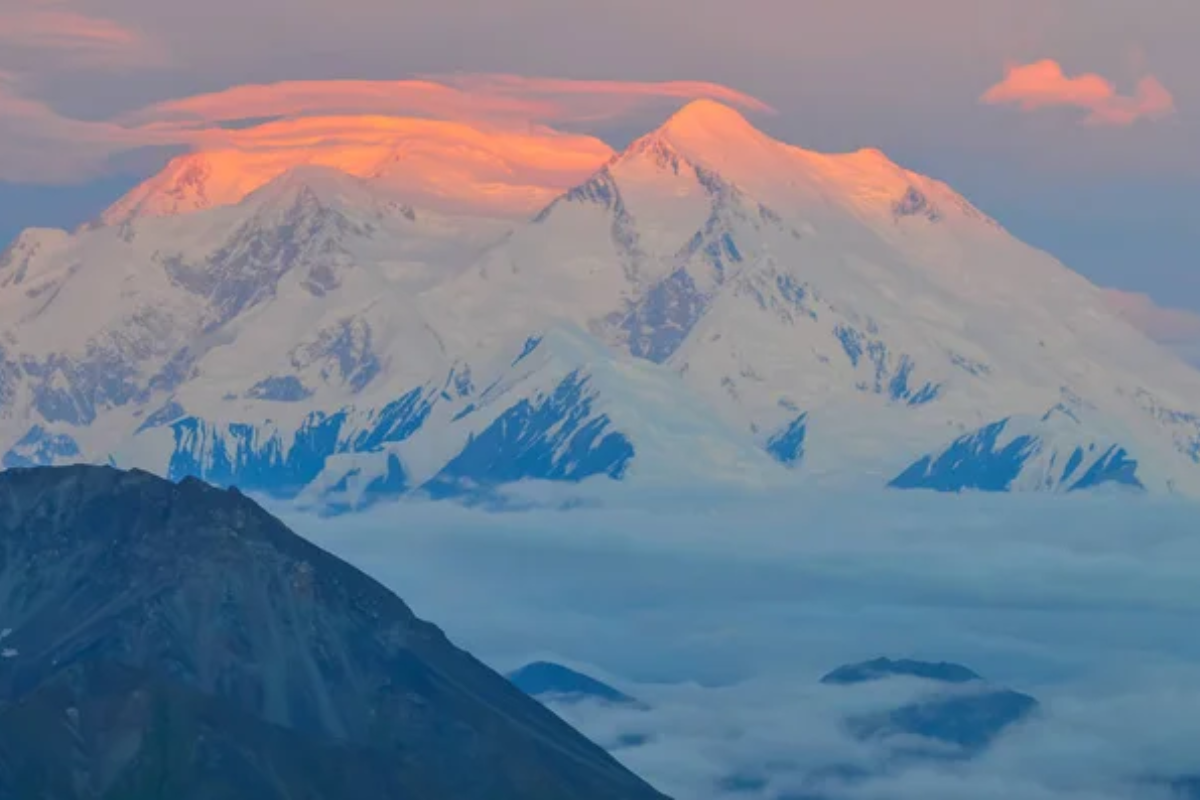
Both destinations rank among photographers’ dream locations, though they reward different approaches. Patagonia’s dramatic lighting conditions—particularly the famous “alpenglow” that turns mountains pink at sunrise—create opportunities for iconic landscape shots that might require days of patience to capture.
New Zealand offers more reliable photography conditions with extraordinary diversity within short distances, allowing photographers to capture mountains, coastlines, and rainforests in a single day’s shooting session.
Where Wild Dreams Take Flight
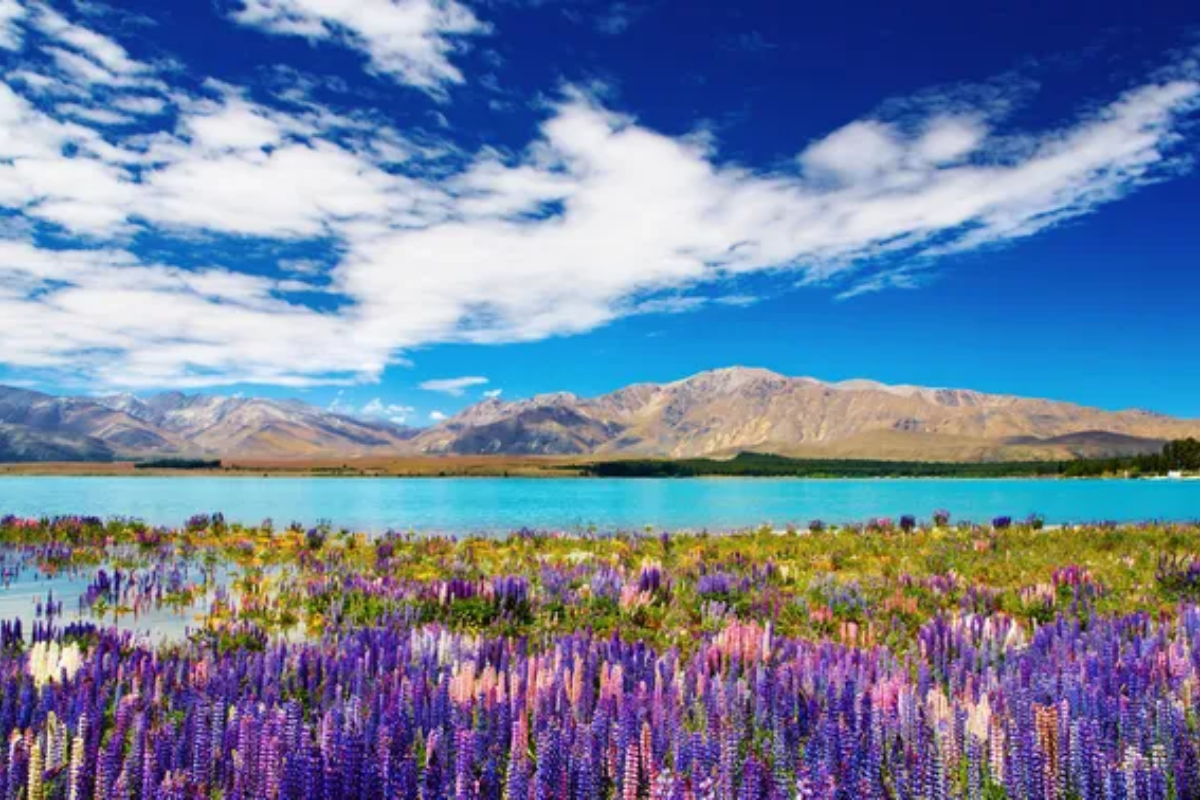
Both Patagonia and New Zealand deserve their reputations as adventure capitals, offering experiences that transform travelers and create lifetime memories. While New Zealand excels in accessibility, diverse activities, and comfortable adventure, Patagonia rewards those seeking raw wilderness immersion and landscapes of almost incomprehensible scale.
Perhaps the truest adventurers will recognize these aren’t competing destinations but complementary ones—each offering distinct perspectives on what happens when humans encounter nature at its most magnificent.
More from Travel Pug

- 20 Towns Built for One Purpose That Were Later Abandoned
- 15 Hidden Spots in Disney World’s Magic Kingdom Most Visitors Miss
- 20 Once-Popular Beach Towns That Are Now Ghostly Empty
- 15 Canyons in the U.S. That Are Just as Stunning as the Grand Canyon
- 10 Under-the-Radar Mountain Towns That Are Both Affordable and Beautiful
Like Travel Pug’s content? Follow us on MSN.
